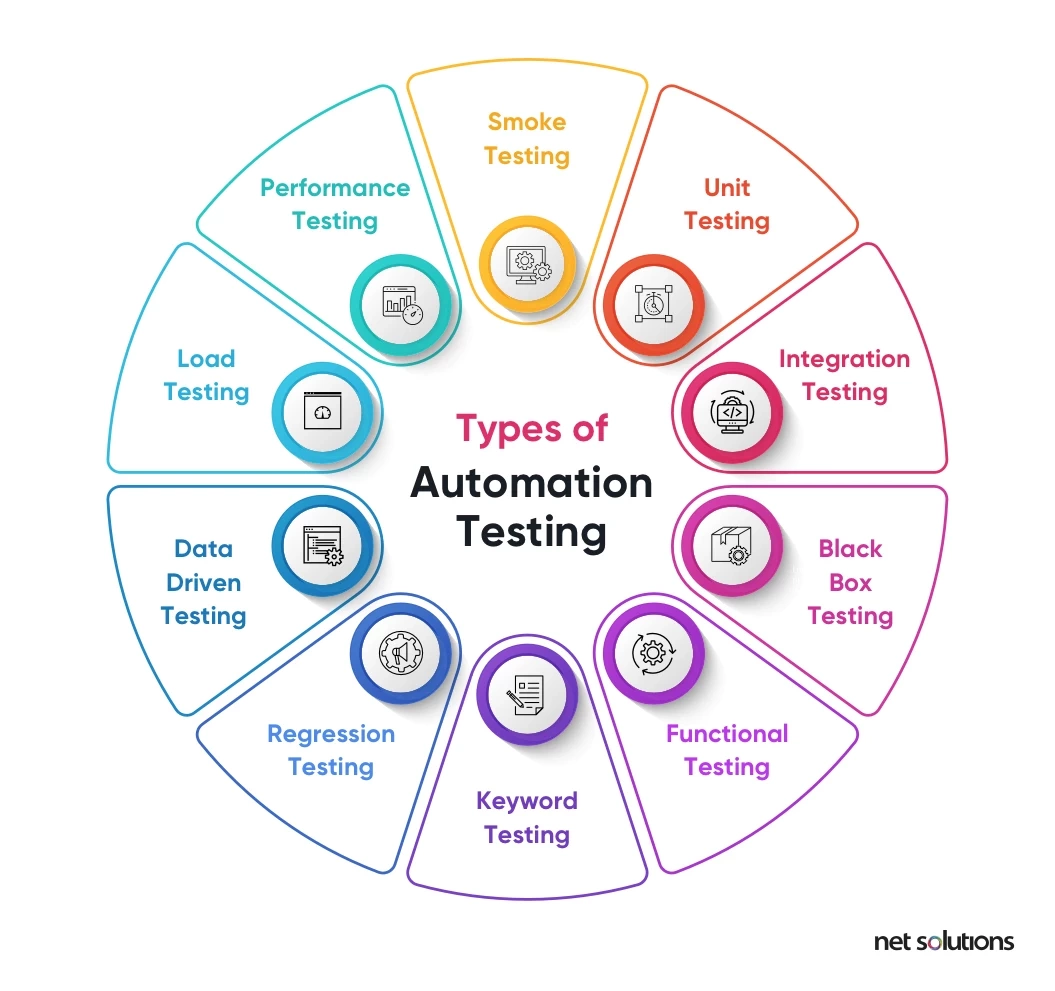Automation Testing Methods: Ideal Practices for Seamless Assimilation
Automation Testing Methods: Ideal Practices for Seamless Assimilation
Blog Article
From Handbook to Automated Screening: A Comprehensive Guide to Transitioning Smoothly and Properly
In the world of software program screening, the shift from guidebook to automated processes has actually ended up being an increasingly important change for organizations looking for to enhance effectiveness and precision in their testing techniques. The journey from handbook to automated testing is not without its difficulties, but when approached strategically and with a clear strategy in mind, the benefits can be substantial.
Advantages of Automated Evaluating
Automated testing uses countless advantages, enhancing performance and precision in software advancement processes. Automated examinations can be run all at once on numerous tools and running systems, significantly speeding up the testing stage contrasted to manual screening.
Moreover, automated testing guarantees a higher level of accuracy in identifying defects. Since automated tests follow predefined scripts, human mistake is decreased, bring about even more trusted examination outcomes. Uniformity in screening is likewise improved, as automated tests execute the very same actions exactly each time they are run. This consistency is important in guaranteeing that all functionalities of the software are thoroughly examined, minimizing the probability of undiscovered bugs sliding with to production.
Picking the Right Tools

Firstly, assess your objectives and needs. Recognize the extent of your job, the innovations entailed, and the skill collection of your team. This evaluation will aid you identify the functions and abilities you require in your screening devices.
Secondly, consider the compatibility of the devices with your existing procedures and systems. Seamless integration with your existing software application advancement lifecycle is vital to ensure a smooth change to automation.
In addition, examine the scalability and flexibility of the devices. As your testing needs advance, the tools should have the ability to adapt and suit modifications efficiently.
Lastly, aspect in the support and area around the tools. When executing automated screening, robust assistance and an active individual community can supply valuable sources and aid. By very carefully considering these elements, you can select the right tools that straighten with your requirements and established the phase for a successful shift to automated testing.
Writing Efficient Examination Scripts

When crafting examination scripts, it is crucial to think about the specific demands of the software being checked and guarantee that the manuscripts address all important functionalities. Clear and detailed naming conventions for examination scripts and test situations can enhance readability and maintainability. Furthermore, including error handling systems within the examination scripts can assist in recognizing and attending to issues quickly.
In addition, organizing test manuscripts into modular parts can enhance reusability and scalability, reducing redundancy and improving performance in test script maintenance. Routine testimonials and updates to test scripts are vital to maintain pace with developing software program requirements and functionalities. By complying with these principles, testers can develop robust and efficient examination manuscripts that contribute substantially to the success of automated screening procedures.
Integrating Automation Into Workflows
By flawlessly integrating automated screening tools like Selenium or Appium into the software growth lifecycle, teams can attain faster feedback on code adjustments, leading to quicker bug discovery and resolution. This integration enables for continuous testing throughout the advancement process, making certain that any type of problems are recognized early on, resulting in higher software program quality. Appropriate assimilation of automation tools requires partnership in between development, testing, and procedures groups to establish a unified operations that optimizes effectiveness and performance in delivering premium software program items.
Making Certain a Smooth Transition
Effectively transitioning to automated screening entails meticulous planning and cautious implementation to take full advantage of and reduce disruptions efficiency in the software application development process - automation testing. To guarantee a smooth shift, it is important to begin by performing a comprehensive evaluation of the present testing procedures and identifying locations where automation can bring one of the most considerable benefits. Involving with all stakeholders early on at the same time, including developers, testers, and project supervisors, is critical for garnering assistance and buy-in for the automation campaign
Interaction is essential throughout this shift phase. Clear communication of the objectives, advantages, and assumptions of automated screening assists to manage any resistance or problems that may arise. Furthermore, description giving ample training and sources for staff member to upskill in automation tools and strategies is crucial for making sure an effective transition.

Conclusion
In final thought, transitioning from handbook to automated screening her comment is here supplies countless advantages, consisting of increased efficiency and reliability. By selecting the suitable tools, composing efficient test scripts, and integrating automation perfectly into workflows, organizations can guarantee a successful and smooth transition. It is necessary to embrace automation as an important asset in software testing procedures to boost general top quality and efficiency.
In the realm of software application testing, the change from guidebook to automated procedures has become an increasingly vital change for companies seeking to enhance effectiveness and precision in their screening practices. Automated examinations can be run simultaneously on several tools and operating systems, considerably speeding up the testing stage compared to manual testing. Consistency in testing is additionally enhanced, as automated tests implement the very same actions specifically each time they are run.To make certain the effective application of selected screening tools, the production of efficient examination manuscripts plays a vital function in confirming the performance and efficiency of automated processes Resources - automation testing. By complying with these principles, testers can produce robust and reliable examination manuscripts that contribute dramatically to the success of automated testing procedures
Report this page